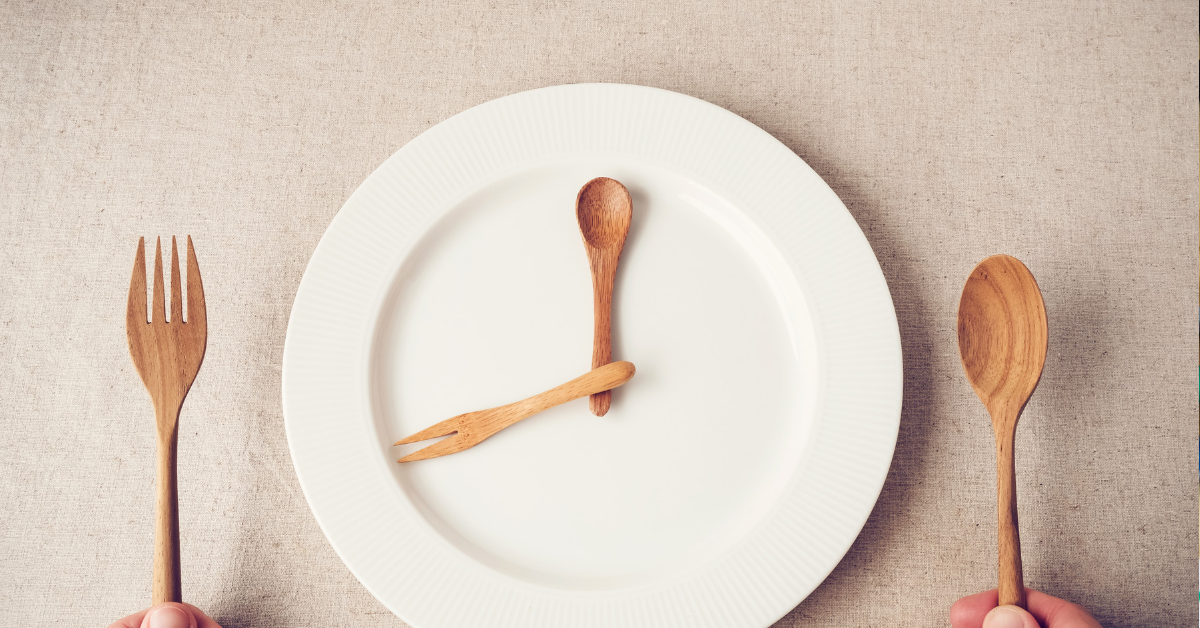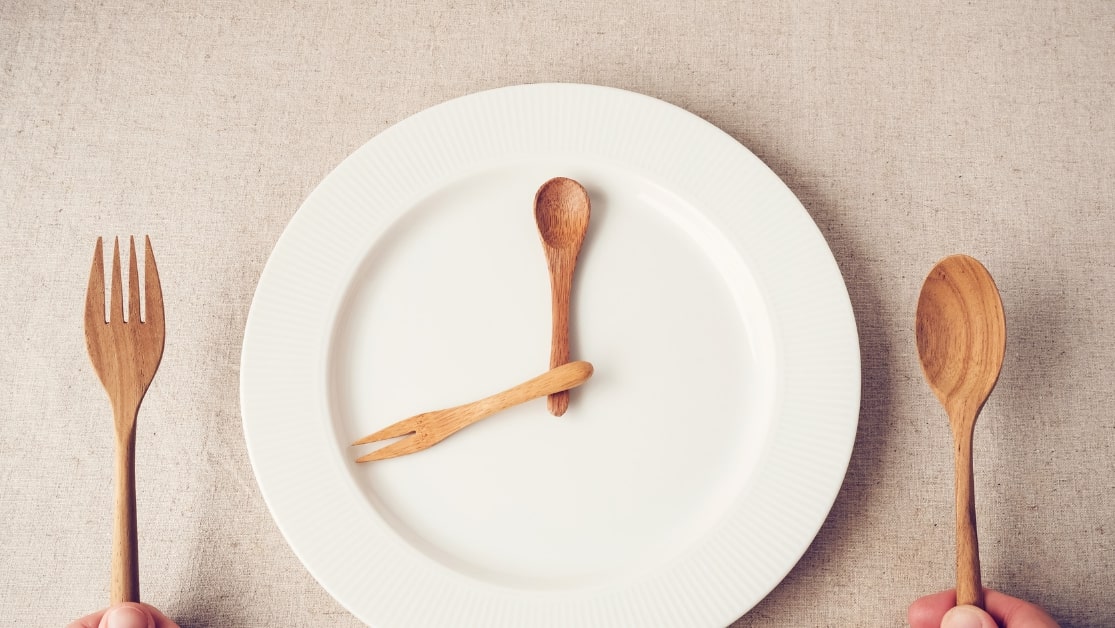Intermittent Fasting: How Calorie Deficit Jolts You to Lose Weight More
Intermittent fasting is an appealing option for weight loss due to the simplicity. It works by lowering insulin response. Insulin pushes fat into storage. Not pushing fat into storage allows leakage out. That’s not as good as actively pulling fat from storage but it does work somewhat. It’s this reduced insulin response that is why intermittent fasting works for some at least temporarily.
Calorie deficit diets will decrease daily energy expenditure, as this is the body’s natural defense in order to preserve fat storage. And while a decreasing energy expenditure may play a role in a diet going from caloric deficit to caloric surplus….it is a multi-factorial problem.
First, there are some starvation modes that use the highest level of some nutrient eaten on some time scale. Therefore, people who cheat while stalled tend to start losing again. One big meal every couple of months works to turn off these starvation modes – You just said slow metabolism instead. Same thing.
Second, it is not true that calorie deficit causes fat loss. Calories in minus calories out is a true statement but it’s about weight not fat. It’s a book keeping mechanism. If you are in a caloric deficit either fat or lean gets burned to cover the calories. Fat is not withdrawn from storage based on caloric deficit. That’s simply not how the hormones work.
So How do I lose weight in Intermittent Fasting?
Good question! Intermittent Fasting does not burn fat due to calorie restriction. One is free to eat any number of calories as part of the meal.
Fat is burnt by ketosis instead. This is how our ancestors stayed fit. They ate mostly during the day but only when food was available.
A certain instinct kicks in to eat a bit more of certain foods that are not necessarily desirable. I never used to eat the onion slices in my salad before. But some days, they just look so appetizing.
For example, you are used to have this aversion to anything bitter added to your main course like bitter gourd or eggs in spaghetti meat sauce. But recently, you have enjoyed the taste and had more than my share. So, you see when you see food you know what to eat more sustainable.
What if my metabolism is not that fast?
- Regardless of your diet you must adjust your calorie intake after some time to account for the change in weight as you pursue your goals.
- With most generic diets there’s a limit to what weight or body fat percentage you can cut down to without manipulating your diet somehow. At that point you probably should’ve hit your target weight or below it
When coupled with a keto diet, your body tends to excrete the calories it cannot use. Since your next meal is 24 or 16 or whatever hours away, you’re deficient all that time. That won’t cause a drop in metabolic rate.
Intermittent fasting has different levels of intensity to choose from that make it a viable option depending on what you can handle. It is not about what you eat, but when you eat.
The 16/8 Method: With a total of 24 hours in a day the 16/8 Method calls for fasting 16 hours over a 24-hour period. 16 hours of fasting sounds long but can simply mean fasting from 8pm to noon the following day, therefore skipping breakfast daily and eating only between the hours of noon-8pm. The 8-hour cycle on of eating allows for 2-3 meals during this time period. The 16/8 method can be followed 1-2 times per week.
24- hour Fast: Involves fasting for a full 24 hours, once or twice per week. Options are for a fast from dinner one day, to dinner the next day. This could mean finishing dinner at 6pm on a Wednesday and not eating again till dinner the following day ,Thursday at 6pm. That would put you at a full 24 hour fast.
You can fast over any 24-hour period that works best for your lifestyle and how you like to eat. A 24 hour fast from breakfast to breakfast or lunch to lunch works just as well. Any 24-hour period will do.
The 5:2 Diet: Also known as The Fast Diet is a popular intermittent fasting diet. The 5:2 method is 5 days of normal eating without any major attention to calorie counting followed by 2 days of calorie restriction. The recommendation for the 2 days of calorie restriction is 500 calories for women and 600 calories for men. The 5:2 plan can accommodate many busy schedules with a short 2 day period of caloric restriction.
For the greatest success in intermittent fasting, choose a fasting regiment that works best for your lifestyle, your health needs and what you can commit to for fasting. There is always the option to increase or decrease the intensity of fasting. One week the 24- hour fast may work best for you and the following week the 5:2 method could be a better fit due to an active week or travel.
Intermittent fasting combined with a healthy eating plan on your non-fasting days will produce great results in weight loss, energy levels and better health.
Finally, always listen to your body, if you feel fatigued, experience headaches, dizziness or any other symptoms, you should stop fasting and eat.







